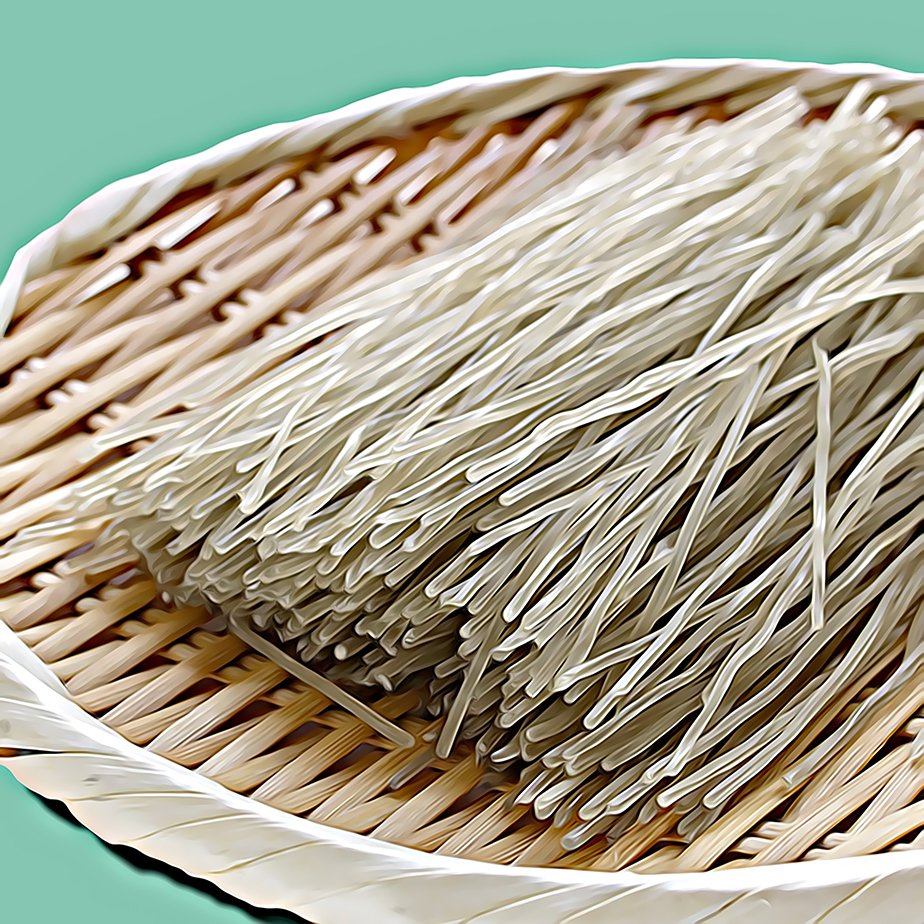Pekmez
What is it, and what can you use instead?
Pekmez is a thick, dark syrup made from fruit, most commonly grapes, although carob, mulberries, pomegranates or even figs are also used. Deeply rooted in Turkish and Middle Eastern cuisine, pekmez is used as a sweetener (it’s about 80% sugar) or condiment and packs a concentrated, gorgeously sweet-sour punch of flavour. Originally, pekmez was made as a way to utilise surplus grapes as it’s shelf-stable and could be rolled out during the year. It’s also used medicinally as well as in cooking, because it’s packed with minerals like iron, calcium, manganese and potassium and is regarded as a folk medicine cure-all in Anatolia. Some even believe it can treat anaemia, colds, flus, and overall boost energy. Pekmez is used not only across Turkey, but in Greece, Syria and the Balkans too.
Pekmez is straightforward although time-consuming to make; the juice is extracted from crushed fruit and then boiled down over a low flame until it thickens to a rich, dark, glossy syrup. This process takes hours, and calcium carbonate is added to reduce the acidity of the concentrated juices. Depending on the fruit, you’ll get slightly different flavours but the core taste is of deep sweetness, with fruity, complex undertones that make it stand out from your average sweetener. If you can imagine the richness of, say, caramel, combined with the bright tang of fresh fruit, you’ve got it. In Anatolian villages people still make their own pekmez, boiling it down outside in huge cauldrons over wood fires, which gives it a slightly smoky edge.
Taste-wise, pekmez is pretty amazing. There’s a complex sweetness – the depth of a rich caramel, the brightness of fresh fruit, with a faint earthy note that gives it character. It's sweet, but not in a sugary, one-note way. It’s the sort of sweetness that lingers on your palate, making you nod and think, “Yeah-nah, I could get used to this."
Grape pekmez is probably the most well-known type, with its balance of sweet and slightly tart notes. Pomegranate pekmez leans tangier, while mulberry pekmez is a bit more mellow and jammy.
Pekmez is in the same artisanal, fruity sweetener category as Italian saba and mosto cotto. These Italian fruit syrups are made in a very similar way to pekmez but with their own unique flair; you can use either of these if you can’t find pekmez. They’re not 100% the same, but are close enough to work.
Saba, often called "cooked grape must," is made from boiling down the juice of freshly crushed grapes, typically of the Lambrusco or Trebbiano varieties. It's thick and sweet like pekmez but has a slightly more delicate taste, with a bit of acidity thrown in for good measure. It’s often used for drizzling over cheeses, roasted vegetables and even desserts.
Then there's mosto cotto, which has an almost identical preparation method to saba but with more variation in the types of grapes used. Like pekmez, both saba and mosto cotto are sweet with an earthy touch, making them the perfect alternatives.
How to Use Pekmez in Your Cooking (Because You're Going to Want to)
Pekmez is surprisingly versatile, and once you have a jar of it, you’ll find all sorts of uses. For starters, you can drizzle it over your morning yogurt or porridge for a fruity start to the day. Or, you can mix it with tahini (like the Turks do) to create a delicious dip for bread.
It’s brilliant in meat marinades, especially lamb or chicken – the sweet stickiness caramelises beautifully when grills or roasts cook, creating a gorgeous glaze. In dressings it adds a lovely complexity and sweetness and naturally, pekmez shines in desserts – try using it instead of honey or maple syrup in cakes, biscuits, or even over ice cream for a unique twist. In this scenario, a sprinkle of chopped pistachios would be excellent!






